Chapter 1 – WLAN and Networking Industry Organizations
- Industry Organizations – IEEE, WFA, IETF
- Regulatory Domains
- IEEE – 802.11 Standard and Amendments
- Wi-Fi Alliance certification
- PoE, EAP, RADIUS
Chapter 2 – RF Characteristics and Behavior
- Spectrum
- Sine Waves – Properties of RF Waves
- Power loss
- RF Propagation
- Free Space path loss – FSPL
- Spread spectrum
- Modulation – QAM
- OFDM
Chapter 3 – RF Mathematics and Measurements
- Units of RF Measurement
- Power Measurement
- Basic RF Math
- RSSI and Receivcer sensitivity
- Link Budget
Chaper 4 – RF Antennas and Hardware
- Antenna Fundamentals
- Polarization, Gain, Radiation
- WLAN Antennas Types o Line of Sight and Fresnel zones
- Antenna Mounting, connectors and cables
- Diversity
Chapter 5 – 802.11 PHYs and Network Types
- 802.11 Frequency Bands
- Physical Layers
- Modulation – OFDM
- Coding and MCS values
- Beamforming
- DFS and TPC
- Use Case Scenarios
- WLAN operating Modes – BSS, ESS,
Chapter 6 – Network Devices
- AP:s and Infrastructure Devices
- Birdge Links
- Clients
- Device Configuration
- Power Over Ethernet
Chapter 7 – 802.11 MAC Operations
- Frame Types
- General Frame Format
- Connection Frame exchange
- State Machine and 4-way Handshake
- EAP Intro
- BSS selection
Chapter 8 – Channel Access Methods
- Requirements
- DCF
- Carrier Sens and Interframes Spaces
- QoS and WMM
- RTS/CTS Protection
- Operation Modes
- Power Management
Chapter 9 – WLAN Network Architectures
- Control, Management, and Data
- Forwarding
- Controllers
- VLANs
- Roaming
- WLAN Models
- AP Placement and Channel Selection
Chapter 10 – WLAN Requirements and Solutions
- Data Access
- Verticals
- Network Types
- BYOD and MDM
- RRM, Band Steering and Airtime Fairness
- Hotspots
- Wired Network Services

 Finland
Finland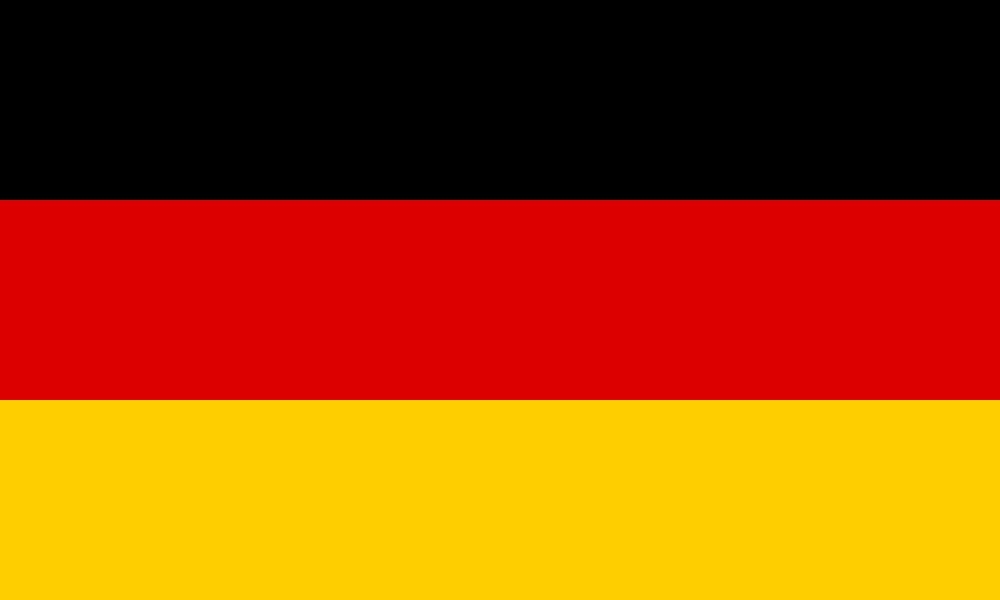 Germany
Germany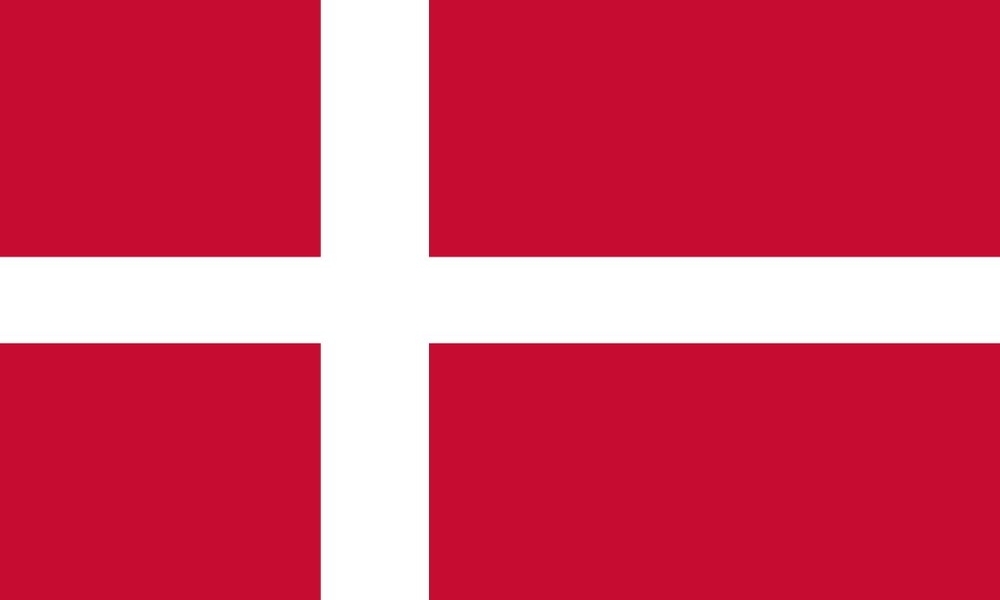 Denmark
Denmark Sweden
Sweden Italy
Italy Netherlands
Netherlands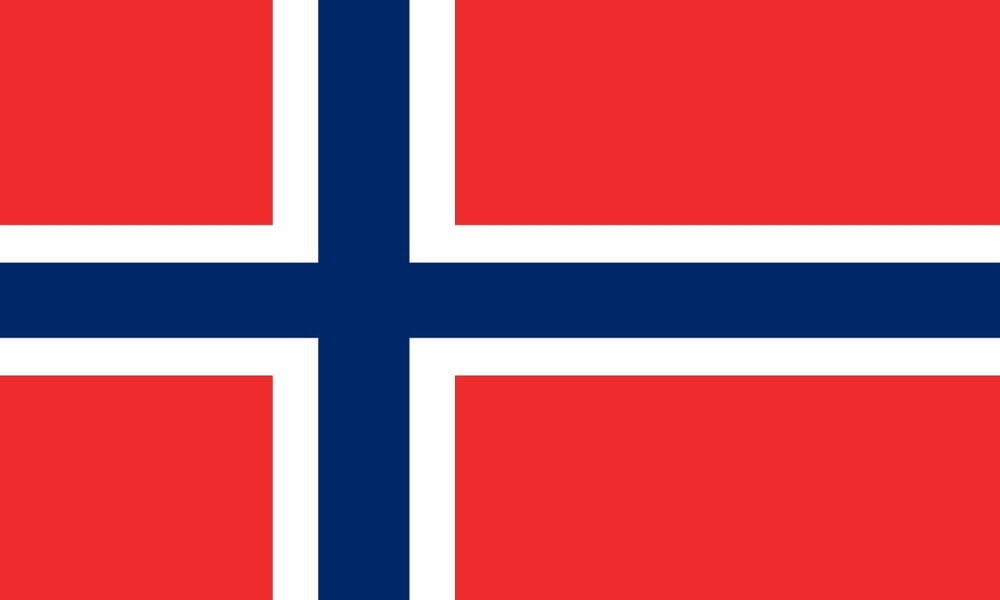 Norway
Norway 






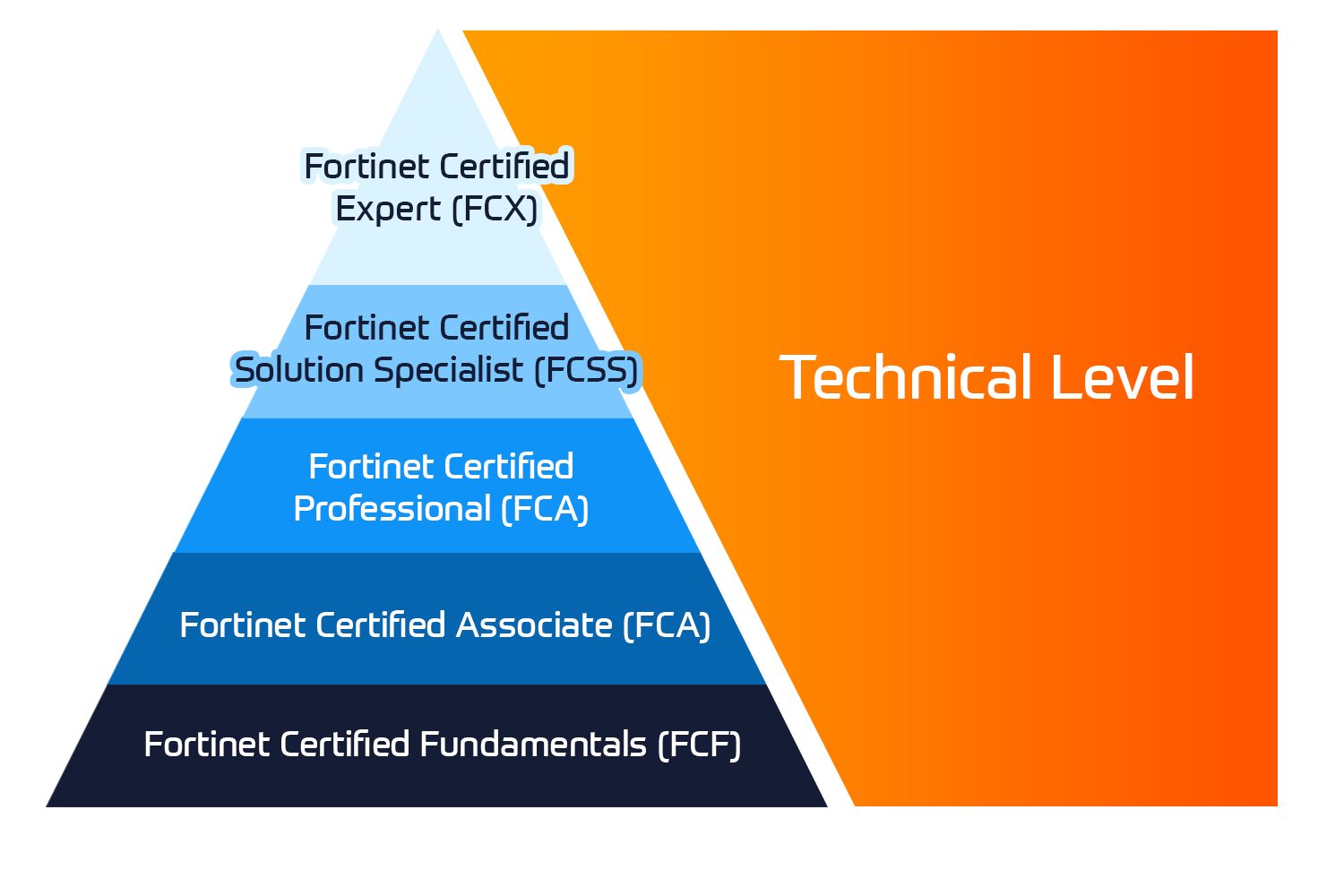








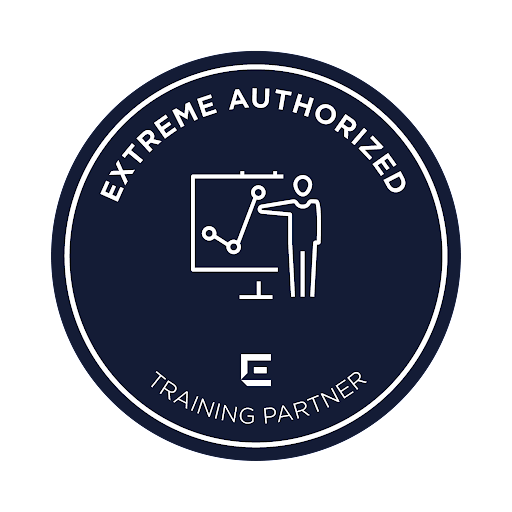






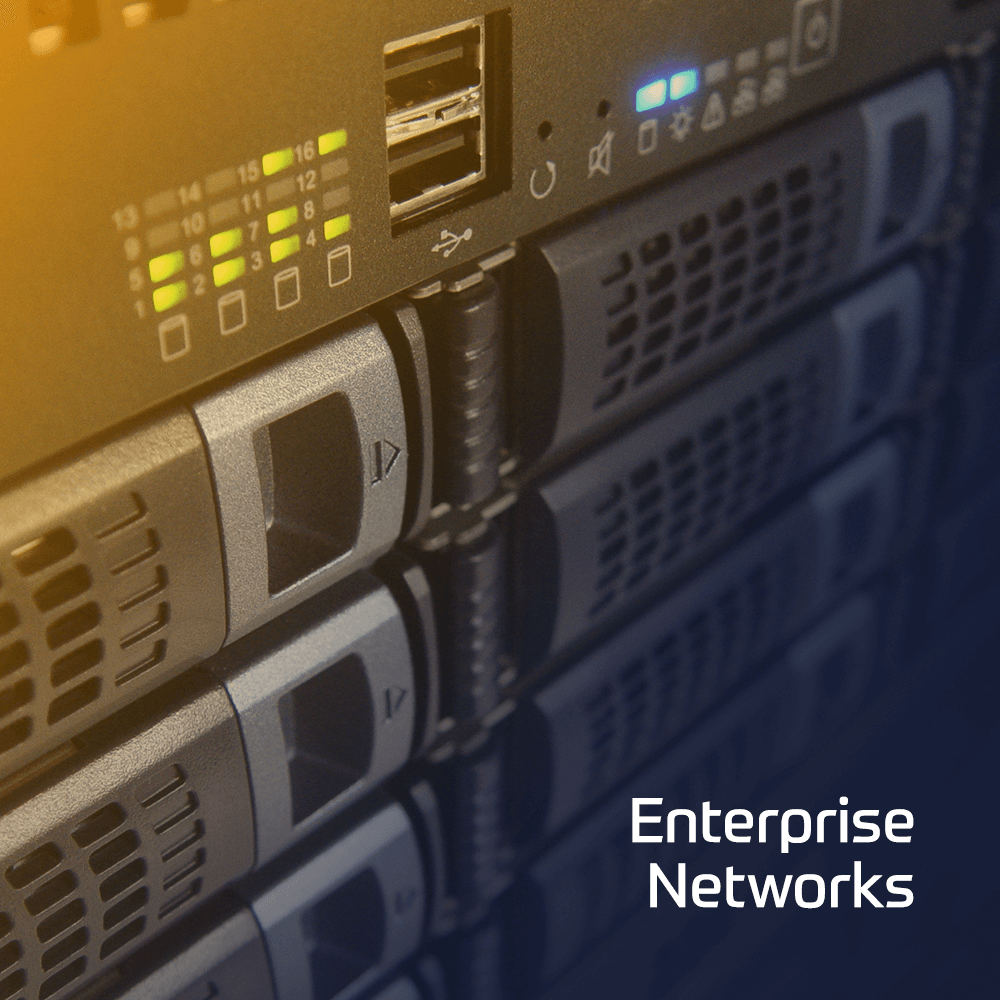








 Duration
Duration  Delivery
Delivery  Price
Price